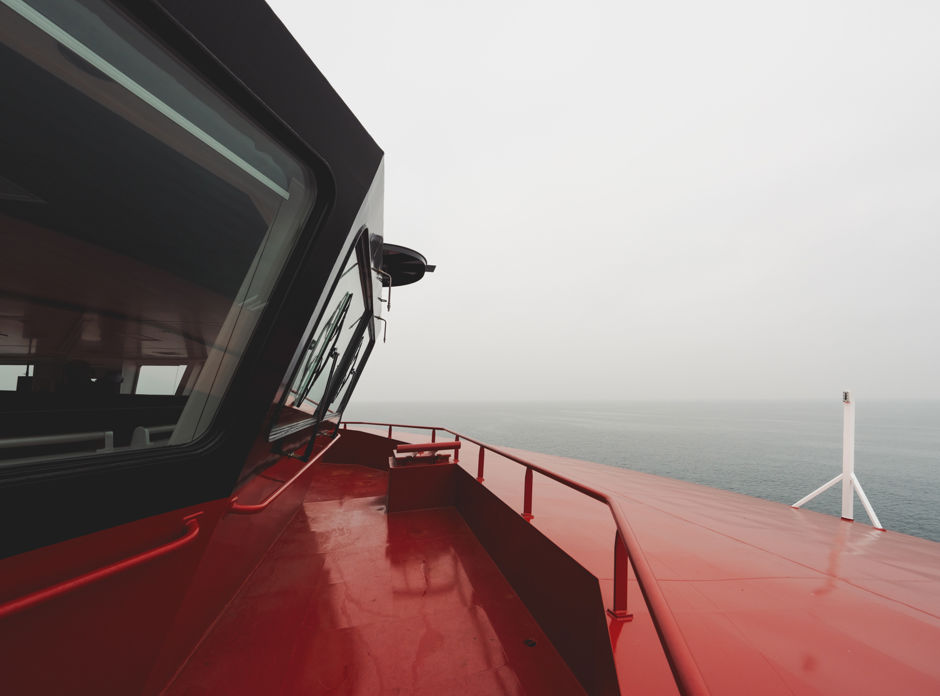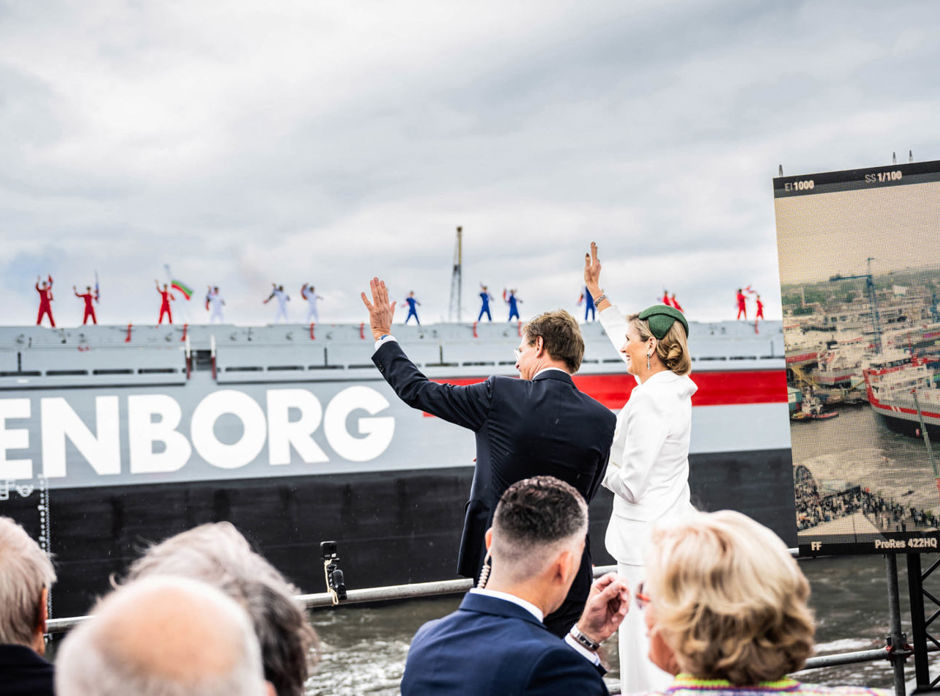Committed to a better climate and environment
- Climate change: reducing CO2 emissions
- Air pollution: prevent emissions of a.o. sulfur, nitrogen and particulate matters
- Using resources and possibilities for circularity for our shipbuilding activities

Reducing the environmental impact
At Wagenborg, sustainability is more than a commitment—it’s a core part of how we operate. Together with our stakeholders, we actively contribute to the energy transition in shipping and transport. Our environmental strategy focuses on reducing greenhouse gas emissions, minimizing air pollution, and increasing circularity in our operations.
Our environmental targets
40% relative CO2 reduction in 2030 compared to 2008
2% improvement of Energy Efficiency Operational Indicator per annum for vessels >5.000
Carbon Intensity Indicator of min C for existing vessels and an A rating for new vessels
An Ecovadis Silver rating by 2026.
Reducing Greenhouse Gas Emissions
Wagenborg fully supports the ambitions of the IMO and the goals of the Paris Agreement. We are committed to reducing our relative CO₂ emissions by 40% per ton-mile by 2030, compared to our 2008 baseline. To achieve this, we’ve developed a clear roadmap with both short- and long-term actions across our fleet and shore-based operations.
Since 2018, Wagenborg’s fuel efficiency is monitored under the EU MRV and IMO DCS systems. In 2024, our 70 vessels within scope showed a 2.6% increase in fuel efficiency—exceeding our annual improvement target of 2%. This progress puts us well on track toward our 2030 goal. Key elements of our roadmap include:
-
Operational measures such as just-in-time arrivals, weather routing, and trim optimization.
-
Technological upgrades, like live fuel monitoring systems (installed on 18 vessels in 2024) and combinator mode settings, now active on 56 ships.
-
Behavioral change, supported by dedicated crew training under our ‘Water’-programme to raise awareness about operational impact on fuel consumption.
-
Data transparency, where real-time performance insights are shared with chartering operators to make sustainable routing decisions.


Cleaner operations and healthy oceans
Reducing air pollution, promoting circular practices, and protecting marine ecosystems go hand-in-hand at Wagenborg. We are actively replacing diesel-powered equipment—like cranes, trucks, and forklifts—with electric alternatives in our land-based divisions. We are also developing KPIs to measure the reduction of NOx emissions and noise, particularly in urban areas.
At sea, we extend vessel lifespans through upgrades that enhance fuel efficiency, including hull deepening and engine optimization. When a vessel reaches end-of-life, we follow the EU Ship Recycling Regulation and, from mid-2025, the global Hong Kong Convention on responsible ship dismantling. Our shipyard, Royal Niestern Sander, is developing sourcing policies for responsibly produced steel to further reduce the environmental footprint of new builds.
Protecting ocean health is a top priority. All Wagenborg vessels are equipped with ballast water treatment systems and comply fully with international maritime conventions. We have robust procedures in place to prevent chemical spills, use water-saving cleaning systems, and manage wash water responsibly. Our environmental practices are externally audited and aligned with global biodiversity goals, such as the 2022 UN agreement to protect 30% of the world’s land and water by 2030.
Sustainability in practice
Follow us on LinkedIn, just like more than 42.435 other shipping transport professionals
Wagenborg celebrates Day of the Seafarer: “Respect is the course we steer”
June 25 marks the International Day of the Seafarer, an annual initiative by the International Maritime Organization (IMO) to recognize the vital contribution of seafarers to global trade and society. With more than 2,000 crew members at sea, this day is especially meaningful to Wagenborg. Our vessels operate 24/7, year-round — and it’s our seafarers who make that possible. Today, and every day, we thank them for their expertise, teamwork, and resilience.
Wagenborg publishes 2024 Sustainability Report: driving sustainable change at sea and on shore
Royal Wagenborg proudly presents its 2024 Sustainability Report, now available for download on our website. This comprehensive report highlights our environmental, social and governance (ESG) performance in a year marked by progress and resilience.
A retrospect on 2024
Welcome to a vibrant reflection on the incredible journey of Wagenborg in 2024! This past year was filled with remarkable achievements across all our business segments. Despite the ups and downs of the market, we thrived, delivering outstanding volumes and dependable logistics services to our valued customers. As we gear up for an exciting 2025, we carry forward this positive momentum. Join us as we celebrate some of the inspiring stories that shaped our success last year!




